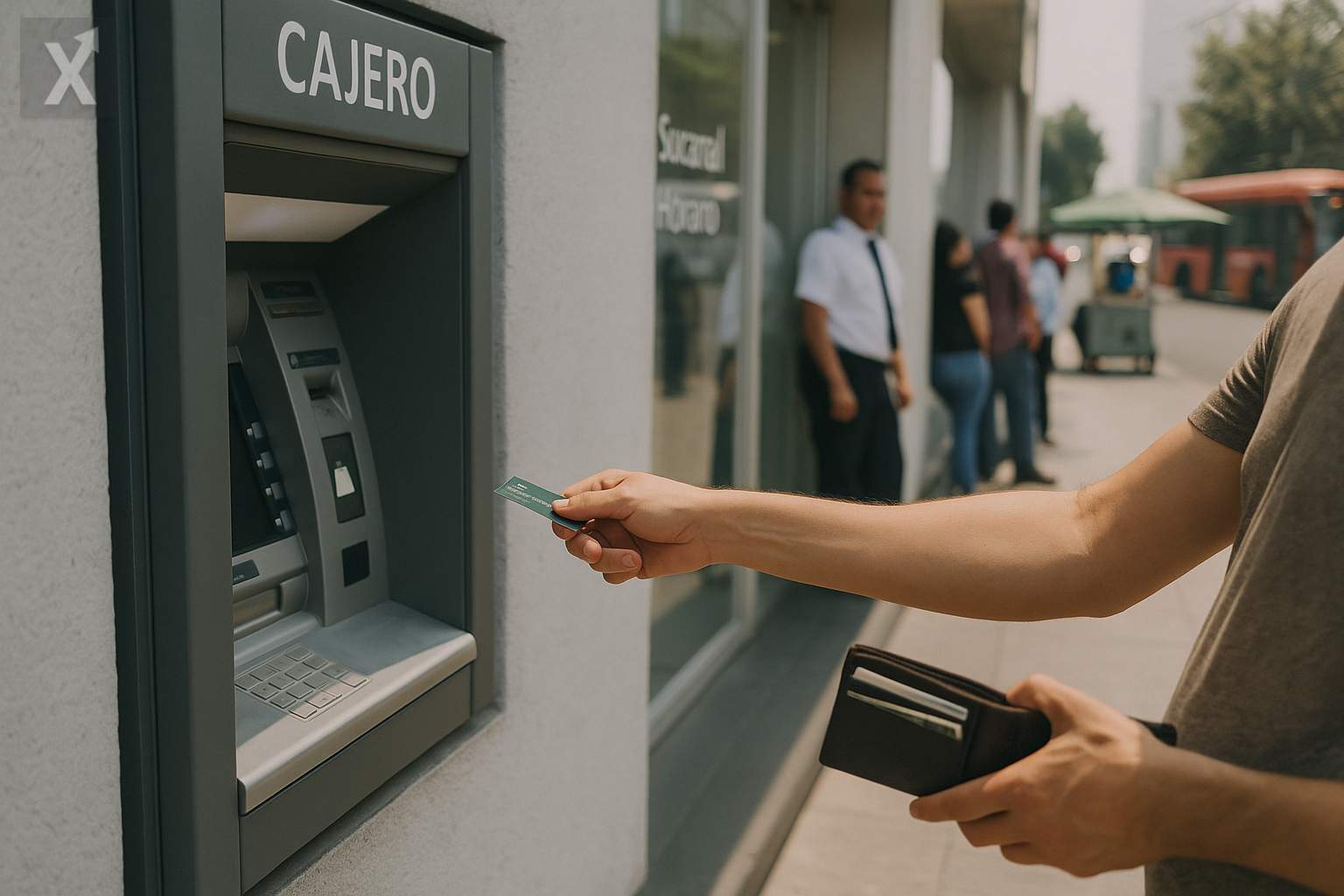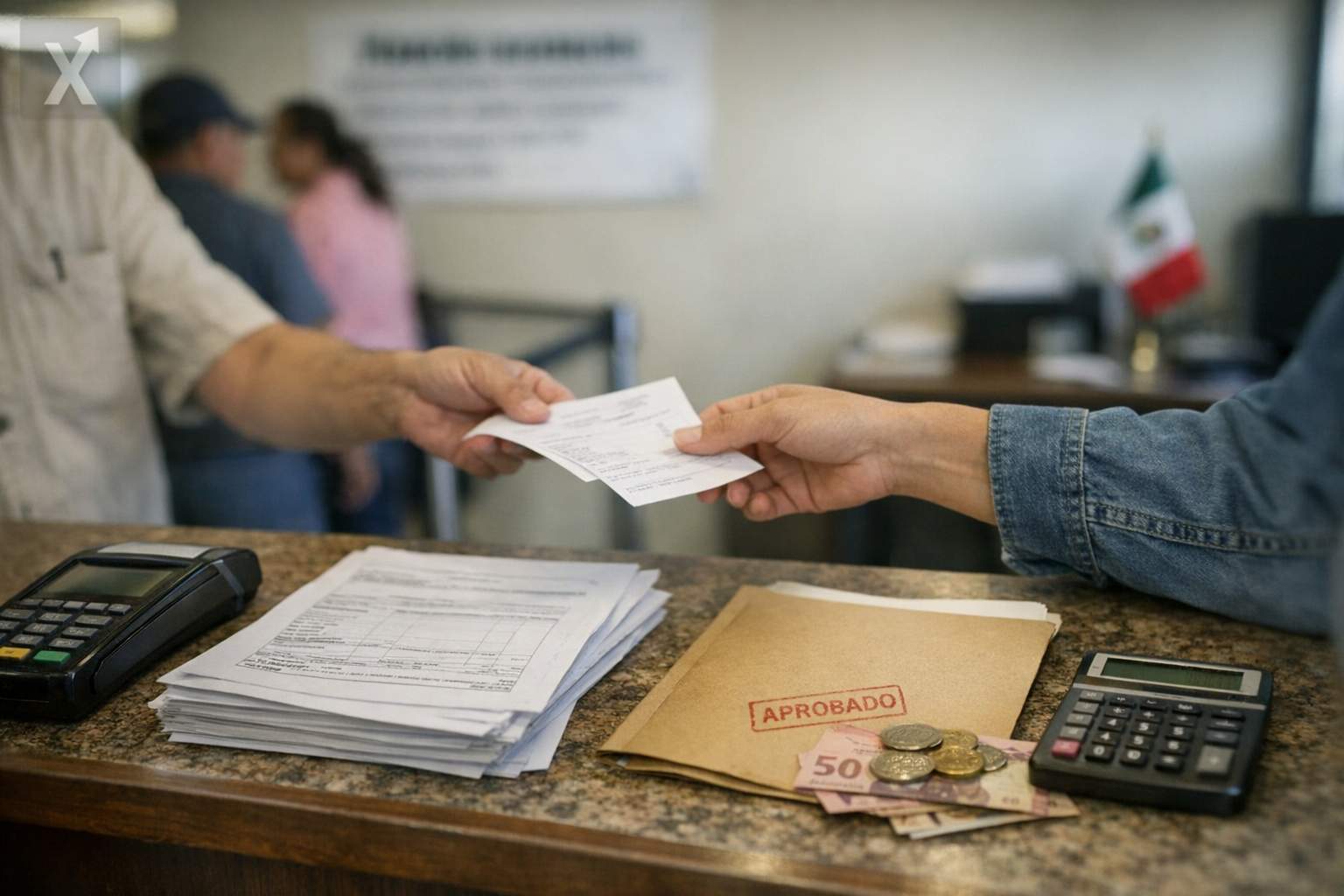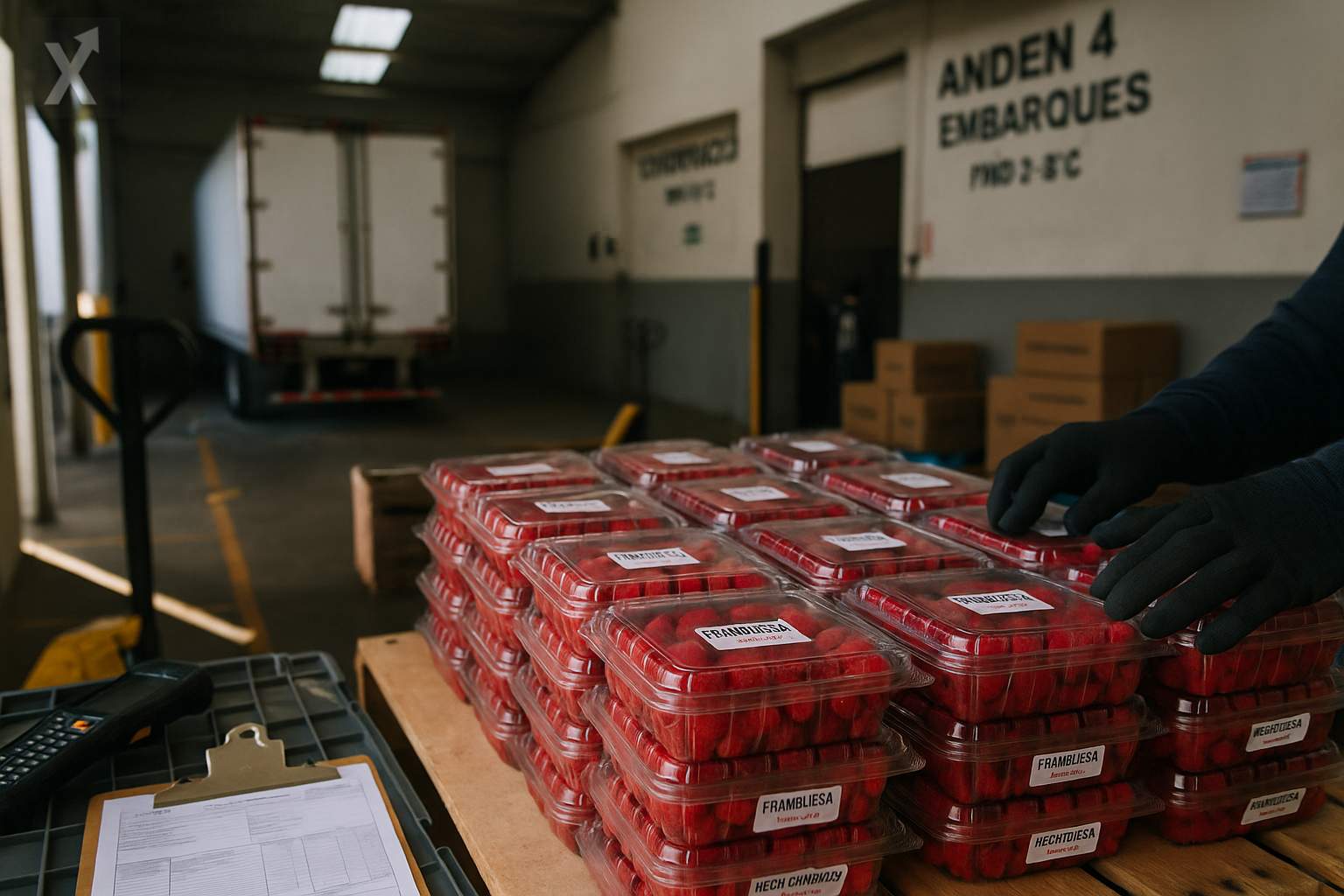Banamex Faces Pressure from Delinquency and Profitability Following Chico Pardo’s Entry; Citi Retains Control and Plans for IPO

The acquisition of a 25% stake in Banamex by businessman Fernando Chico Pardo has reduced uncertainty surrounding Citigroup’s separation process, which began in 2022. However, the bank still faces key challenges regarding loan portfolio quality and profitability. According to rating agency analyses, the immediate goal is to consolidate cautious credit growth and close the gap with the average profitability of Mexico’s largest banks.
Moody’s Local highlights that under the leadership of Manuel Romo, Banamex has made progress in lowering costs, strengthening its income base, and improving the potential for underlying profits, supported by digitalization initiatives and operational efficiency. Nonetheless, its risk profile has been pressured by a growing share of consumer lending in the bank’s portfolio: retail loans account for 49.8% of the total, a segment showing gradual deterioration, particularly in personal loans.
Following the separation from Citi Mexico, Banamex transferred 26% of its loan portfolio—the healthiest portion—which coincided with an increase in its delinquency rate to 2.83%, above the average of the seven systemically important banks (2.13%). Within this group, Scotiabank records the highest indicator at 4.05%. Nevertheless, support expectations remain: Citi would retain 75% of common shares as the initial public offering (IPO) plan moves forward, and, according to Fitch, could back the bank if necessary. As of June 2025, Banamex holds 7.1% of the banking sector’s total assets, operates a network of around 1,260 branches, 9,079 ATMs, 30,796 employees, and 31.8 million deposit accounts.
The macro environment also requires discipline. In a context of still-high benchmark interest rates and normalized delinquency in consumer credit, Mexican banks face high funding costs and elevated risk expenses for credit cards and personal loans. At the same time, momentum from nearshoring and labor market resilience are supporting demand for financing among small and medium-sized enterprises (SMEs), supply chains, and services, an area where Banamex could diversify its growth and offset consumer credit concentrations.
The medium-term strategy involves deepening digitalization—to reduce costs, improve customer experience, and increase fee income—and venturing into business areas with currently low presence, such as SME banking, payments, wealth management, insurance, or project finance, subject to regulatory and capital conditions. With an IPO on the horizon, the bank will need strong discipline in capital, provisions, and corporate governance, as well as continued investment in cybersecurity and compliance.
In a system dominated by major banks, the realignment following Citi’s exit from retail banking could intensify competition for payroll, credit cards, and savings, with additional pressure from fintechs and non-bank players in payments and consumer lending. Data analytics, early collections efforts, and more selective loan origination will be key to stabilizing delinquency rates without stalling growth.
Going forward, Banamex’s performance will depend on its ability to improve risk-adjusted profitability, normalize portfolio indicators, and maintain operational gains in an environment of moderate growth and converging inflation. A potential easing of interest rates may help reduce funding and provision costs, but any weakening in consumption or a spike in personal and credit card delinquencies will remain the main focus of concern.
In summary, Chico Pardo’s entry provides shareholder certainty and strategic flexibility, but the bank’s success will depend on three fronts: portfolio quality, operational efficiency, and revenue diversification. With Citi as majority shareholder and an IPO in preparation, disciplined execution will be crucial to closing the profitability gap with its peers.






